Experience on a life-changing 8-day adventure through the heart of Nepal, designed for those seeking a perfect blend of culture, spirituality, and breathtaking natural beauty. This carefully crafted tour takes you through some of Nepal’s most iconic destinations, including Kathmandu, Janakpur, Pokhara, and Muktinath, offering a memorable journey that encompasses rich history, sacred sites, and stunning landscapes.
Begin your adventure in Kathmandu, Nepal’s vibrant capital, home to UNESCO-listed landmarks such as Pashupatinath Temple and Swoyambhunath Stupa. These sacred temples offer a deep insight into Nepal’s spiritual traditions and are the perfect introduction to the country’s cultural and religious heritage. From Kathmandu, travel to Janakpur, the birthplace of Goddess Sita, to explore its ancient temples and immerse yourself in the town’s history and spiritual significance.
Next, venture to Pokhara, often referred to as the “tourist’s paradise,” where Phewa Lake and the majestic Annapurna Range provide a serene backdrop. Experience the stunning sunrise views from Sarangkot, explore the mystical Devi’s Fall, and enjoy a peaceful boat ride across the lake. Pokhara offers a tranquil escape, perfect for relaxing while still being surrounded by awe-inspiring mountain vistas.
The highlight of the tour is a pilgrimage journey to Muktinath, one of the holiest sites in Nepal for both Hindus and Buddhists. Located at an altitude of 3,710 meters (12,170 feet), Muktinath is a place of deep religious significance, where you’ll have the chance to witness the eternal holy flame, bathe in sacred waters, and experience stunning views of the Himalayan peaks. The drive through Jomsom offers a spectacular view of the Kaligandaki River and traditional mountain villages, enhancing the spiritual journey to this revered destination.
This 8-day Nepal tour combines comfortable accommodations, seamless transportation, and expert local guides, ensuring an enriching experience that blends adventure, culture, and spiritual exploration. Whether you’re trekking through remote villages, visiting sacred temples, or simply soaking in the Himalayan landscapes, this journey through Kathmandu, Janakpur, Pokhara, and Muktinath is designed to create memories that will last a lifetime. Perfect for anyone looking for a well-rounded Himalayan adventure, this tour offers the best of Nepal in one unforgettable package.
Best Time to Visit Nepal for Your 8-Day Tour
The best time to visit Nepal for an 8-day tour, including Kathmandu, Jomsom, Pokhara, and Muktinath, is during the spring (March to May) and autumn (September to November) seasons. During these months, the weather is mild, and the skies are clear, offering stunning views of the Himalayas. Spring brings blooming flowers, while autumn offers crisp, fresh air and vibrant landscapes. These seasons are ideal for sightseeing and outdoor activities.
- Spring (March to May): Warm temperatures, clear skies, and lush greenery. Perfect for trekking and exploring cultural sites.
- Autumn (September to November): The weather is cool and dry, making it ideal for mountain views and outdoor adventures.
- Winter (December to February): Cold temperatures in the mountains, with possible snow, but offers fewer crowds for a peaceful experience.
- Monsoon (June to August): Rainy season, which can disrupt trekking plans, but is still a great time for cultural exploration in lower altitudes.
Meals and Accommodation
Meals: During the 8-day tour, breakfast is provided at most accommodations in Kathmandu, Pokhara, Jomsom, and Janakpur. For lunch and dinner, guests have the option to explore local Nepali cuisine or international dishes at restaurants along the way. Nepali Dal Bhat, momochas, and thukpa are some of the local specialties you can try during the trip. Meals in the higher-altitude regions like Jomsom and Muktinath will be simpler, with options like rice, lentils, vegetables, and tea.
Accommodation:
- In Kathmandu, you will stay in a 3-star hotel that provides comfortable amenities, ensuring a pleasant start to your tour.
- During the trip, you’ll stay in a mix of guest houses, lodges, hotels, or tea houses. Accommodation in Pokhara and Jomsom will vary depending on your preference, with options for more basic lodges or more comfortable hotels. The choice of accommodation will be tailored to the preferences and budget of the traveler. Tea houses in the mountains offer basic but cozy stays with the chance to interact with locals.
Climate and Weather in Nepal
Nepal has a varied climate due to its geography, ranging from tropical lowlands to the freezing high-altitude regions. Understanding the climate of each region will help you pack and prepare for the trip.
- Kathmandu Valley (1300 meters): The weather is moderate year-round. Summers are warm, with temperatures ranging from 20°C to 30°C (68°F to 86°F), while winters can drop to around 5°C (41°F).
- Pokhara (800 meters): The weather is generally mild, with temperatures ranging from 25°C to 30°C (77°F to 86°F) in the summer and cool winters at around 10°C (50°F).
- Jomsom (2743 meters): The weather is more extreme, with daytime temperatures ranging from 10°C to 15°C (50°F to 59°F) in the summer and chilly winters.
- Muktinath (3710 meters): Expect cold temperatures, especially in the winter, with temperatures ranging from -2°C to 5°C (28°F to 41°F) during the day. Even in summer, it can be cool in the evenings.
- Janakpur (70 meters): Janakpur experiences a tropical climate, with summer temperatures ranging from 30°C to 38°C (86°F to 100°F) and high humidity. The winter temperatures are more comfortable, ranging from 10°C to 15°C (50°F to 59°F). While summers can be hot, the cooler winter months offer a more pleasant experience. Rainfall is common during the monsoon season from June to September, so it is recommended to travel outside this period for clearer skies and more favorable weather conditions.
Transportation for the Nepal Tour
For the 8-day Nepal tour, comfortable and reliable transportation will be provided throughout the journey:
- Private Vehicle: The tour includes a private vehicle for transportation between cities and destinations, ensuring a smooth and comfortable journey. The private vehicle service covers airport pickups and drops, as well as drives between Kathmandu, Pokhara, Janakpur, and Jomsom.
- Jeep for Muktinath: A jeep will be used for the drive from Jomsom to Muktinath, providing a rugged yet comfortable experience through mountain roads.
- Local Transport: In some places, local transport such as taxis or buses may be used, particularly for short distances.
Safety and Security During the Nepal Tour
Nepal is generally a safe destination for tourists. However, to ensure a secure and enjoyable journey, consider the following tips:
- Health and Safety: Be mindful of altitude sickness in higher regions like Jomsom and Muktinath. Acclimatization and hydration are essential. Always follow the advice of your guide for safe travel.
- Personal Security: Keep your valuables secure and avoid displaying expensive items in public. The areas visited are generally safe for tourists, but exercise common travel safety precautions.
Travel Insurance for Nepal Tour
It is strongly recommended that travelers purchase travel insurance before embarking on the 8-day Nepal tour. The insurance should cover:
- Medical Emergencies: Coverage for any accidents or illnesses that may occur during the trip.
- Emergency Evacuation: If you are traveling to high-altitude regions like Muktinath, evacuation coverage is important in case of altitude sickness or other medical needs.
- Trip Cancellation and Delays: Insurance that covers unexpected trip cancellations, delays, or interruptions due to unforeseen circumstances.
Ensure your insurance policy includes medical coverage, evacuation expenses, and trip cancellation to safeguard against any mishaps during your Nepal adventure.
Passport and Visa
Visa Requirements: Most foreign nationals require a tourist visa to visit Nepal. You can easily obtain a tourist visa upon arrival at Kathmandu International Airport or apply online beforehand. Visa validity varies, but most travelers can get a visa for 15, 30, or 90 days.
- Passport: Ensure your passport is valid for at least 6 months from the date of entry into Nepal.
- Visa Fee: You can pay the visa fee at the airport upon arrival.
You’ll need to provide two passport-sized photographs along with your application for a visa on arrival. Ensure you check the latest visa regulations on the official Nepal government website or consult your nearest Nepal embassy before traveling.
TIMs and Permits
When traveling to Nepal for an adventure that includes visiting Kathmandu, Pokhara, Jomsom, and Muktinath, certain permits are required to ensure you have access to specific regions, especially for trekking and pilgrimage sites. Below are the key permits you’ll need for the 8-day Nepal tour:
1. TIMS (Trekkers’ Information Management System) Permit
- Required for: Trekking in the Annapurna region (including Pokhara, Jomsom, and Muktinath).
- Details: The TIMS permit is mandatory for trekkers in Nepal. It helps the government track trekkers and ensure their safety in remote areas. You’ll need to provide your personal details, travel insurance, and passport copy when applying for the permit.
2. Annapurna Conservation Area Permit (ACAP)
- Required for: Trekkers heading to Jomsom, Muktinath, and the Annapurna region.
- Details: The ACAP is required to enter the Annapurna Conservation Area, which includes the famous Annapurna Circuit and Annapurna Base Camp treks. The permit helps preserve the natural beauty of the region and supports local communities.
3. National Park Permit
- Required for: Entry into Muktinath and areas surrounding Jomsom.
- Details: The National Park Permit allows you access to specific national parks that are part of your journey. In the case of Muktinath, the area is within the Annapurna Conservation Area, and this permit is typically included with the ACAP.
4. Restricted Area Permit (if applicable)
- Required for: Special regions with restricted access, such as certain areas around Jomsom or Muktinath.
- Details: While most areas on this tour do not require additional permits for restricted zones, certain high-altitude or sensitive areas may require a separate Restricted Area Permit. Always confirm with your tour operator whether these are needed for the specific route.
5. Permit for Muktinath Pilgrimage
- Required for: Pilgrims visiting Muktinath Temple.
- Details: Pilgrims visiting Muktinath may need a permit to access the sacred temple area. This is generally arranged through your tour operator and included in the overall package.
- Cost: The permit for pilgrimage is usually part of the tour package cost, but there may be additional nominal fees.
How to Obtain Permits
- TIMS and ACAP Permits: Can be obtained from the Nepal Tourism Board office in Kathmandu or Pokhara or through your tour operator.
- Restricted Area and National Park Permits: These permits can also be arranged through your tour operator, who will ensure you have the necessary paperwork to enter restricted zones.
- Muktinath Pilgrimage Permit: Your tour operator will help arrange the appropriate pilgrimage permit.
Permits are generally included in most tour packages. Ensure that your tour operator provides you with all necessary permits before the trip begins.
Permissions and Restrictions for the 8-Day Nepal Tour
- Photography Restrictions
Temples and Sacred Sites: Photography inside temples, especially Muktinath Temple and other religious areas, is strictly prohibited. Visitors are allowed to take photos of the temple exterior and surrounding areas but must respect the local customs and avoid taking pictures during worship or religious ceremonies.
- Cultural Sensitivity: In some places, locals may request that you refrain from photographing them, especially in remote villages. Always ask for permission before taking photos of people or culturally significant items.
- Permits for Photography
Special Permits: Certain areas may require special photography permits, particularly for restricted zones or areas of high cultural significance. This is more common in places like Pokhara or specific trekking areas.
Commercial Photography: If you plan on using photos for commercial purposes, a special permit from the Nepal government may be required. Always check with your tour operator. - General Travel Restrictions
Restricted Areas: Certain trekking routes or high-altitude areas, like parts of the Annapurna Conservation Area, require specific permits for entry. Ensure you have the necessary TIMS and ACAP permits.
Respecting Local Customs: Always be mindful of local customs and traditions. For example, when visiting religious sites like Pashupatinath Temple, dress modestly, remove shoes when required, and show respect during religious ceremonies.
By following these permissions and restrictions, you ensure a respectful and smooth travel experience while exploring the beauty and spirituality of Nepal.
Booking Policy
To confirm your booking the following payment policy applies:
- Deposit at Booking: A 20% deposit of the total trek amount is required at the time of booking to secure your spot.
2. Remaining Balance: The remaining 80% of the total trek cost can be paid upon your arrival in Kathmandu before the trek begins.
3. Credit Card Payments: If you prefer to pay the remaining amount via credit card, please note that a 4% service charge will be applied by the bank to the total amount.
By following these payment guidelines, your booking will be confirmed, and your trek will be reserved.
Final Notes
Ensure that all your gear is tested and comfortable before the expedition and climbing. Proper fit and functionality are crucial for high-altitude climbing. Some gear may be provided by the expedition team, so check with them regarding specific items included in your package.
Cancellations Policy
In the event of cancellations, the following policies will apply:
Cancellation by the Participant:
- If a participant decides to cancel their trip, they must notify the Alpine Club of Himalaya as soon as possible.
- Cancellations made 60 days or more before the trip will incur a fee of 20% of the total cost.
- Cancellations made between 30 to 59 days before the trip will incur a fee of 50% of the total cost.
- Cancellations made less than 30 days prior to departure will result in a forfeiture of the entire payment.
Cancellation by the Organizer:
If the Alpine Club of Himalaya cancels the expedition due to unforeseen circumstances, such as extreme weather conditions, natural disasters, or safety concerns, participants will receive a full refund or the option to reschedule for a later date.
Force Majeure:
The Alpine Club of Himalaya is not liable for any additional costs incurred due to cancellations resulting from force majeure events (e.g., natural disasters, political unrest, or health emergencies).
Gear and Packing List
When traveling to Nepal, especially for a tour that includes diverse destinations like Kathmandu, Jomsom, Pokhara, and Muktinath, packing the right gear is essential to ensure comfort and safety. Here’s a comprehensive packing list to help you prepare for your adventure:
Essential Documents
- Passport (with at least 6 months validity)
- Visa (obtainable upon arrival or in advance)
- Travel Insurance (covering medical emergencies, evacuation, etc.)
- Permits (TIMS, ACAP, and National Park permits)
- Flight Tickets & Itinerary
- Nepali SIM card (for communication and data)
Clothing
- Lightweight, breathable clothes for Kathmandu and Pokhara (summer season)
- Warm layers for Jomsom and Muktinath (evenings can get chilly)
- Fleece jacket or down jacket (for higher altitudes)
- Waterproof jacket (for rain, especially if traveling during the monsoon)
- Long-sleeve shirts (to protect from the sun and insects)
- Quick-dry pants and shorts
- Thermal wear (for cold nights, especially in Jomsom and Muktinath)
- Comfortable trekking shoes/boots (for walking and hiking)
- Flip-flops or sandals (for use in hotels/guesthouses)
- Hats and caps (for sun protection)
- Warm hat and gloves (for higher elevations)
- Socks (quick-drying, preferably wool for warmth)
- Underwear (moisture-wicking materials)
Personal Gear & Accessories
- Backpack (daypack for daily excursions)
- Duffel bag or suitcase (for larger luggage)
- Waterproof bag covers (for keeping your gear dry during rain)
- Sunglasses (with UV protection)
- Sunblock (SPF 30 or higher)
- Lip balm (with sun protection)
- Personal hygiene products (toothbrush, toothpaste, soap, etc.)
- Towel (quick-dry)
- Toilet paper or wet wipes
- Hand sanitizer
Health & Medical Supplies
- Personal medications (carry extra doses if necessary)
- Basic first aid kit (band-aids, antiseptic, pain relievers, blister pads)
- Altitude sickness tablets (such as Diamox)
- Water purification tablets (or filter)
- Insect repellent (especially in lower regions like Janakpur)
- Travel-size toiletries (shampoo, conditioner, body wash)
Electronics
- Camera (with extra memory cards and batteries)
- Power bank (for charging devices on the go)
- Headlamp or flashlight (with extra batteries)
- Phone (with charger, and a Nepali SIM card)
- Plug adapter (for Nepal’s electrical outlets, type C or D)
Miscellaneous Items
- Water bottle (refillable, to stay hydrated)
- Snacks (energy bars, trail mix for trekking)
- Notebook and pen (for journaling or notes)
- Small lock (for your luggage or valuables)
- Travel guidebook (optional but helpful)
- Plastic bags (for dirty or wet clothes)
- Cash (Nepali Rupees) (for small purchases, tips, etc.)
Optional but Recommended
- Trekking poles (especially if planning hikes in the Annapurna region)
- Binoculars (for wildlife and bird watching)
- Gaiters (for trekking in wet or snowy conditions)
- Travel pillow (for long drives or flights)
- Sleeping bag (if staying in basic lodges or guesthouses)
By packing the right gear and clothing for each location and activity, you will ensure that you have a comfortable and enjoyable experience throughout your 8-day tour in Nepal.
Trip Highlights
- Visit iconic sites like Pashupatinath Temple and Swoyambhunath Stupa, offering cultural and spiritual insights.
- Discover the sacred Janaki Temple and ancient pilgrimage sites.
- Experience stunning mountain views, Phewa Lake, Devi’s Fall, and the World Peace Pagoda.
- Witness a breathtaking sunrise over the Annapurna Range and Machhapuchhre from the Sarangkot viewpoint.
- Visit the sacred Muktinath Temple, bathe in the holy water spouts, and explore the Jwala Mai Temple with the eternal flame.
- Travel through picturesque villages and landscapes along the Kaligandaki River.
- Enjoy panoramic views of the Annapurna, Dhaulagiri, and Machhapuchhre mountain ranges throughout the journey.
- Engage with local traditions and customs, from Kathmandu to Jomsom and Muktinath.
- Experience hassle-free transport, guided tours, and comfortable accommodations in key locations.

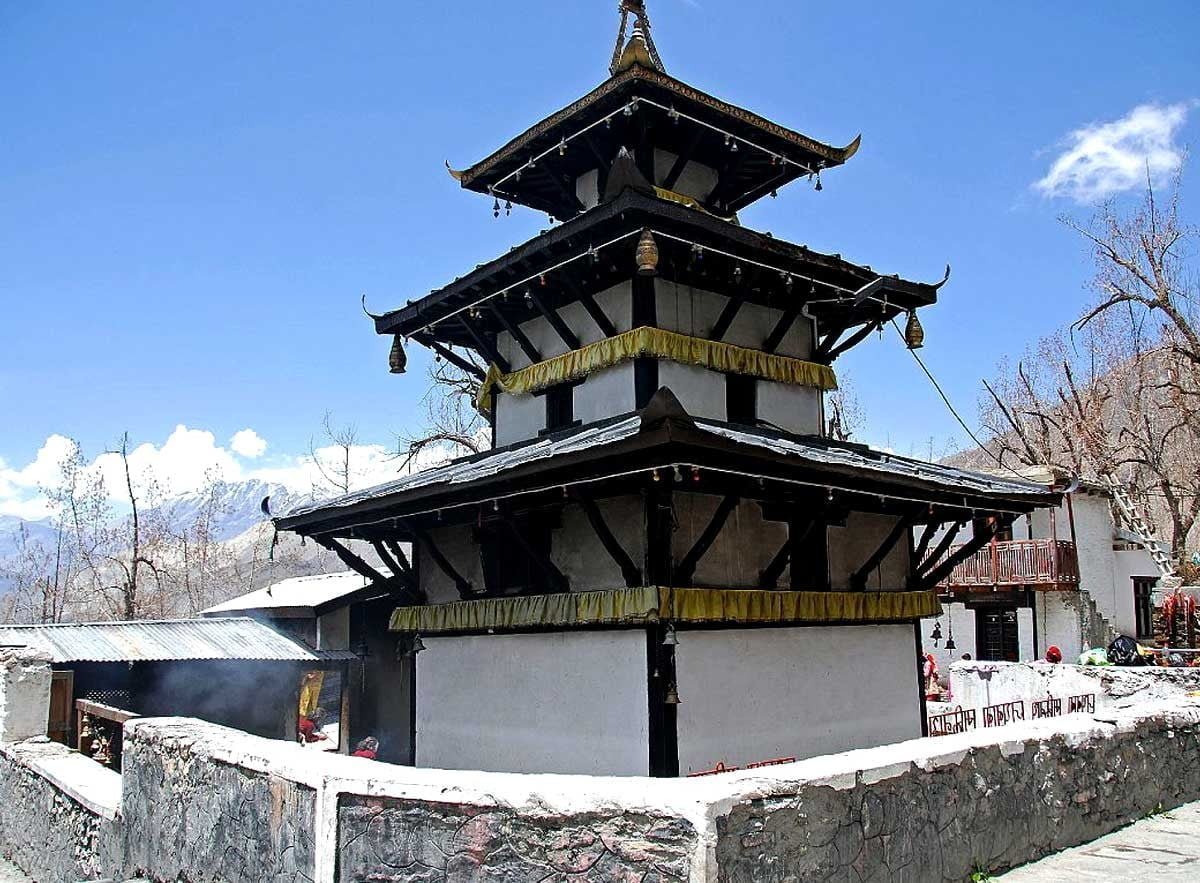







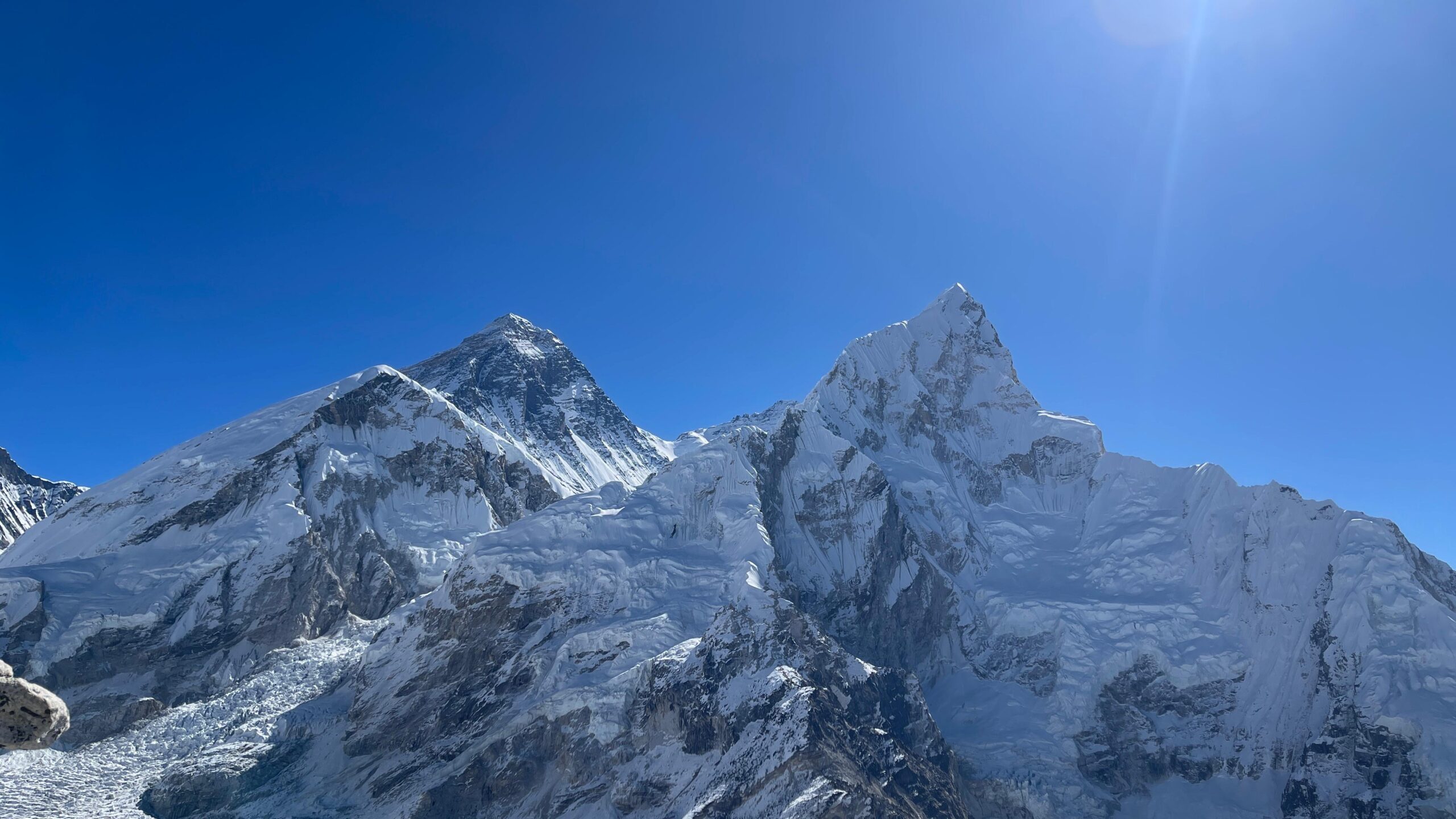
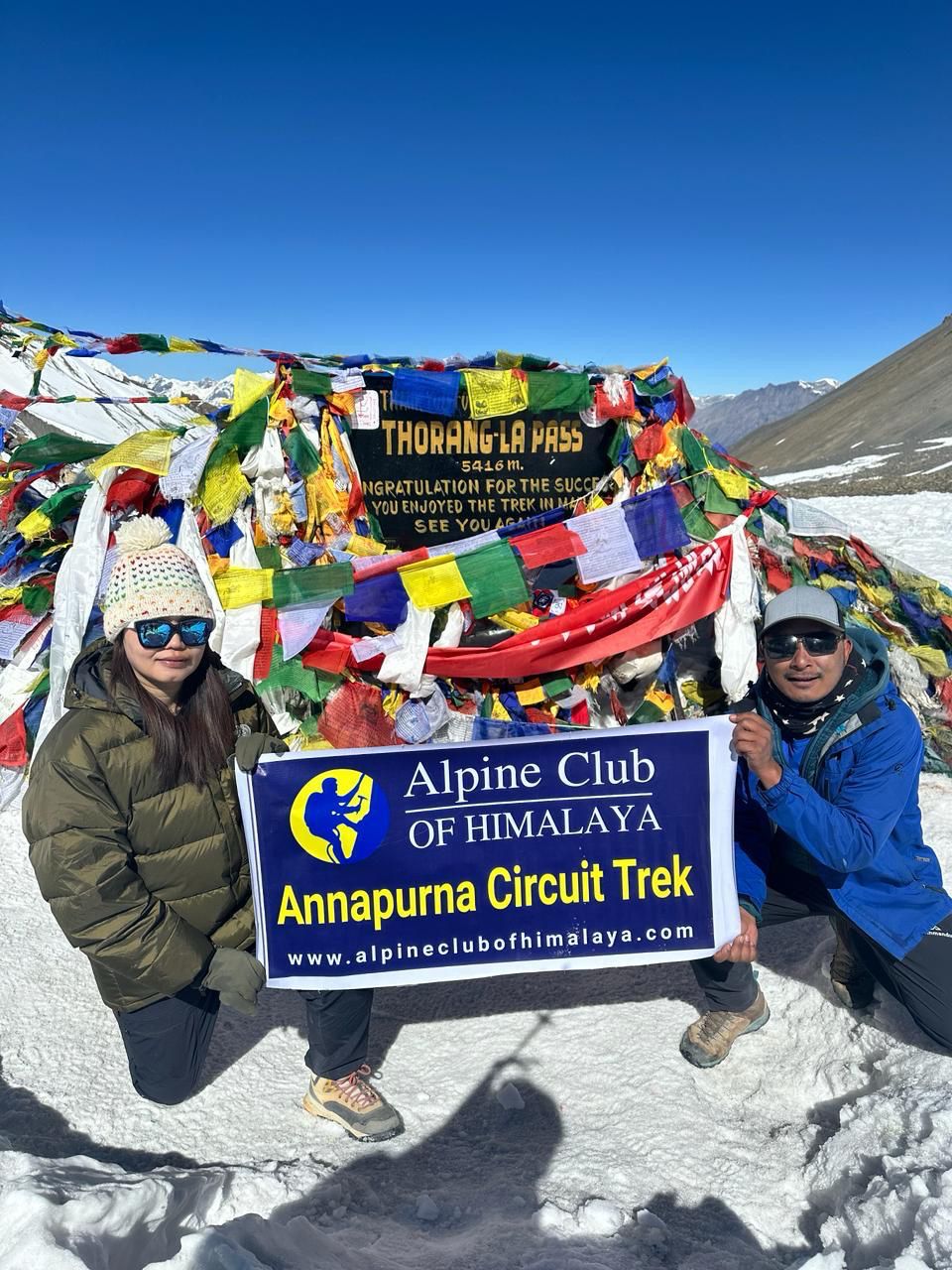
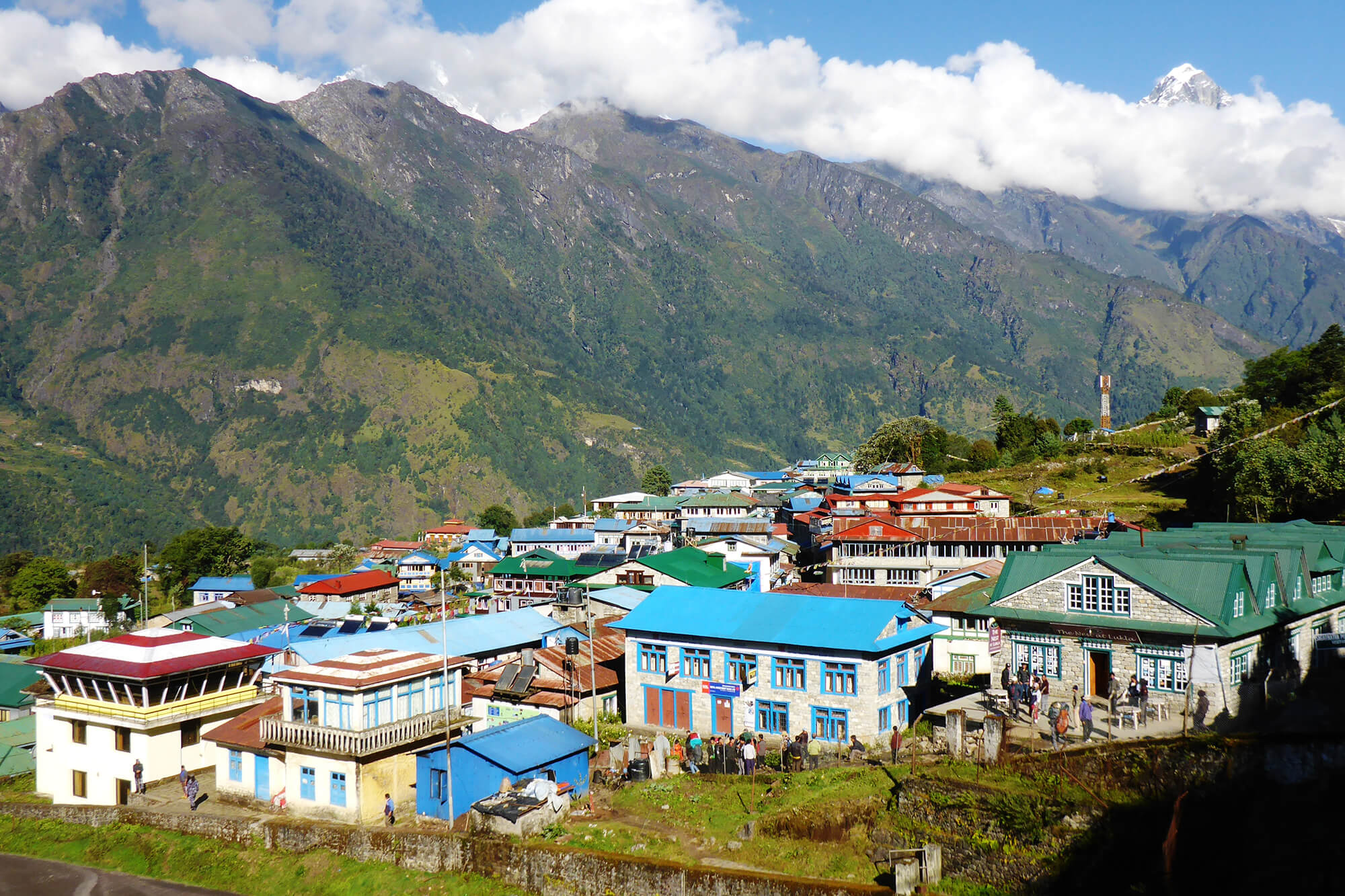
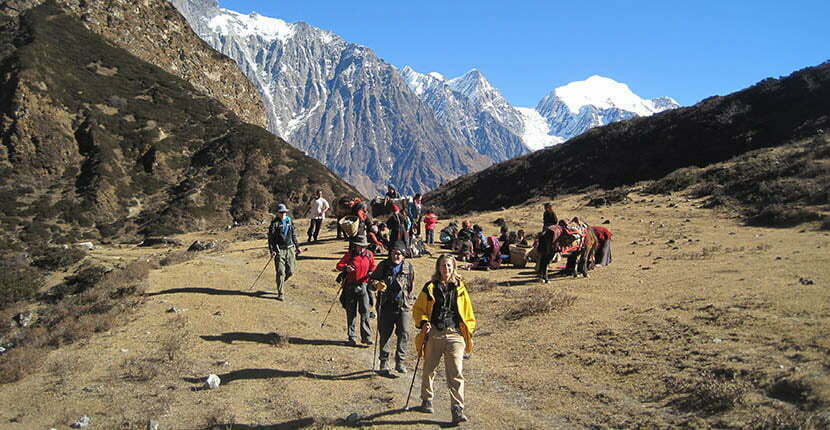
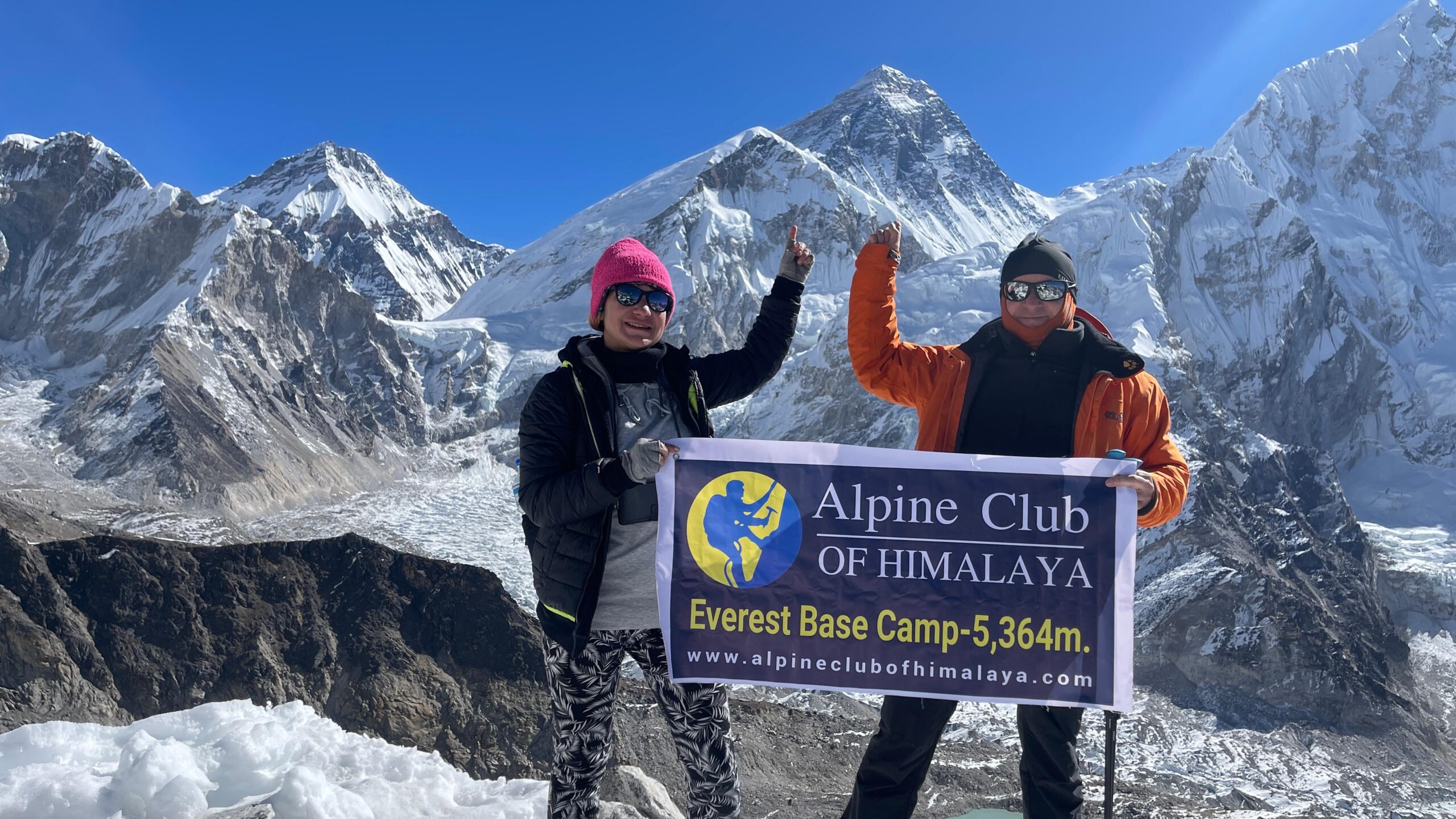
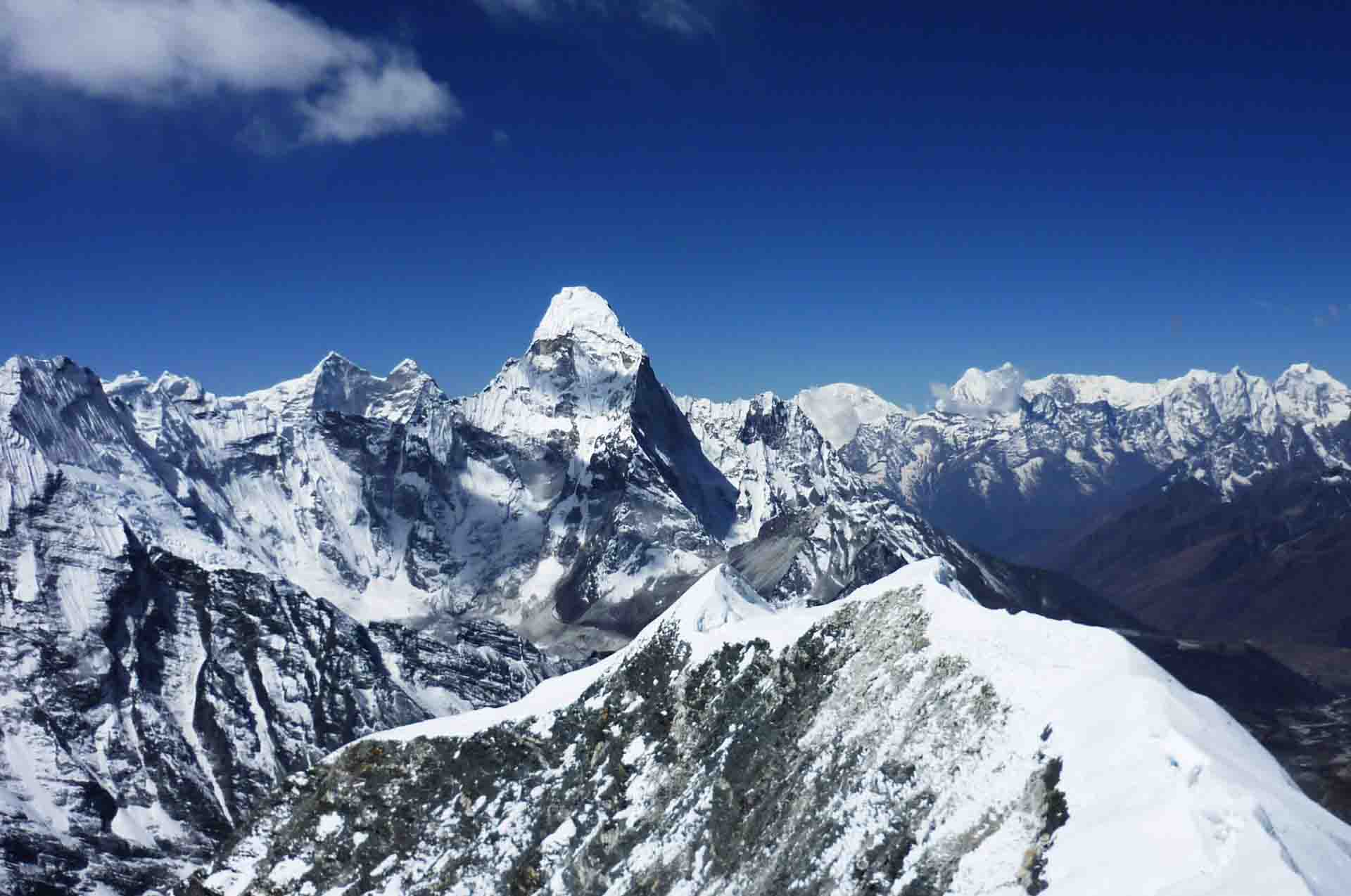
Write a Review